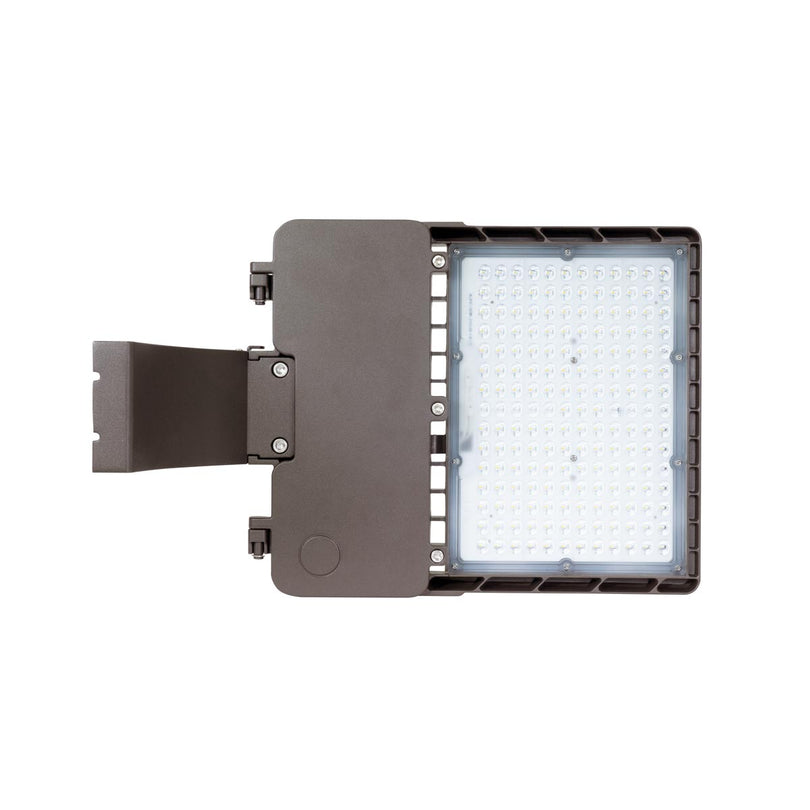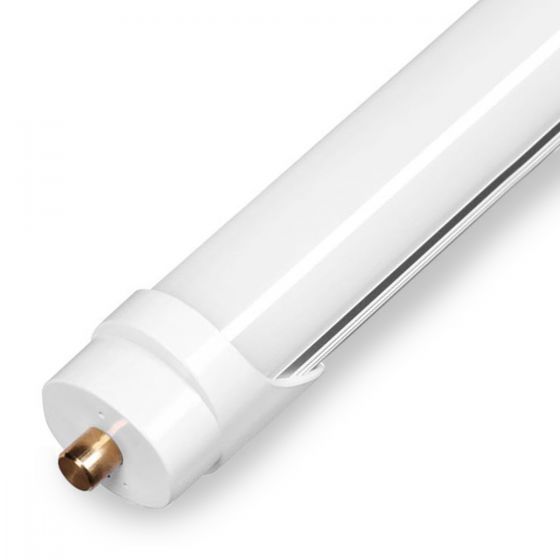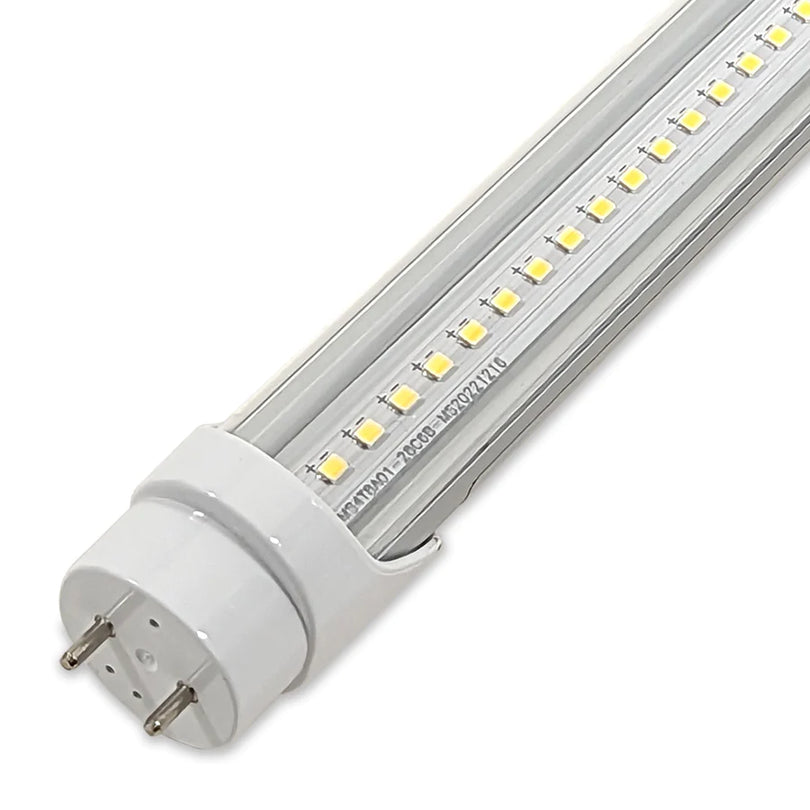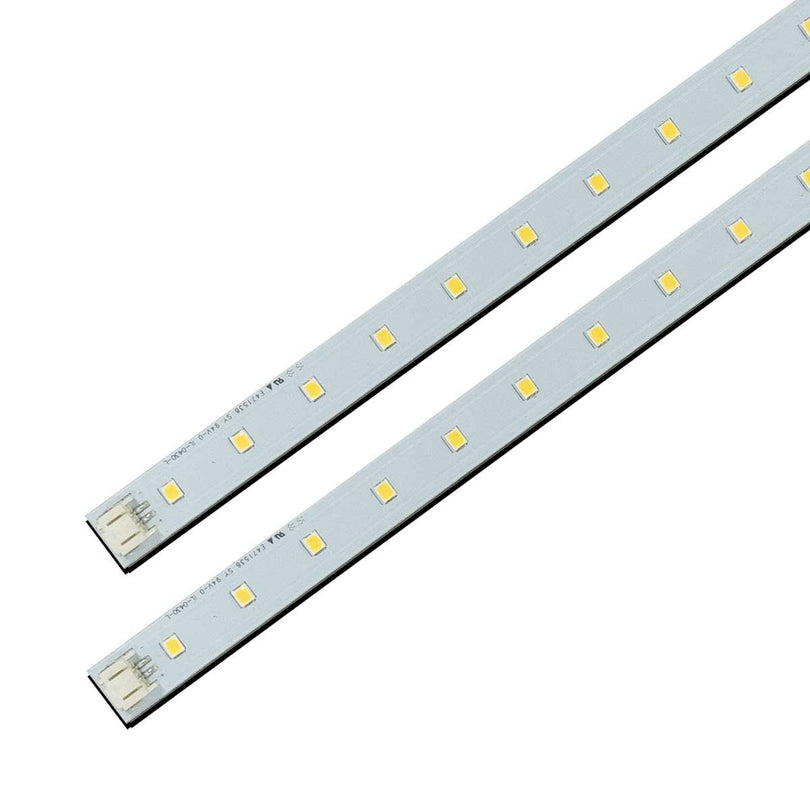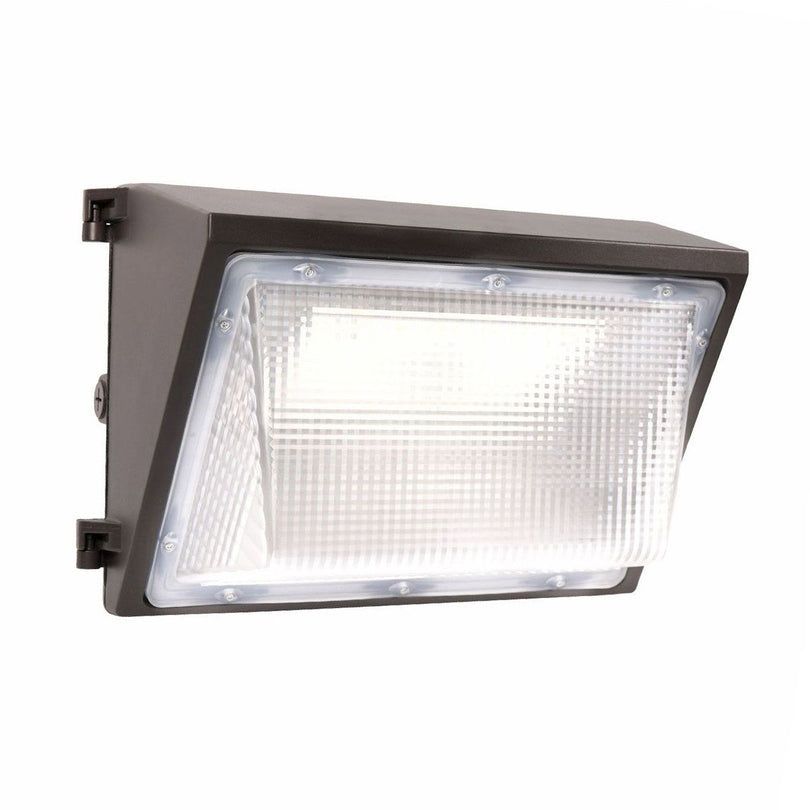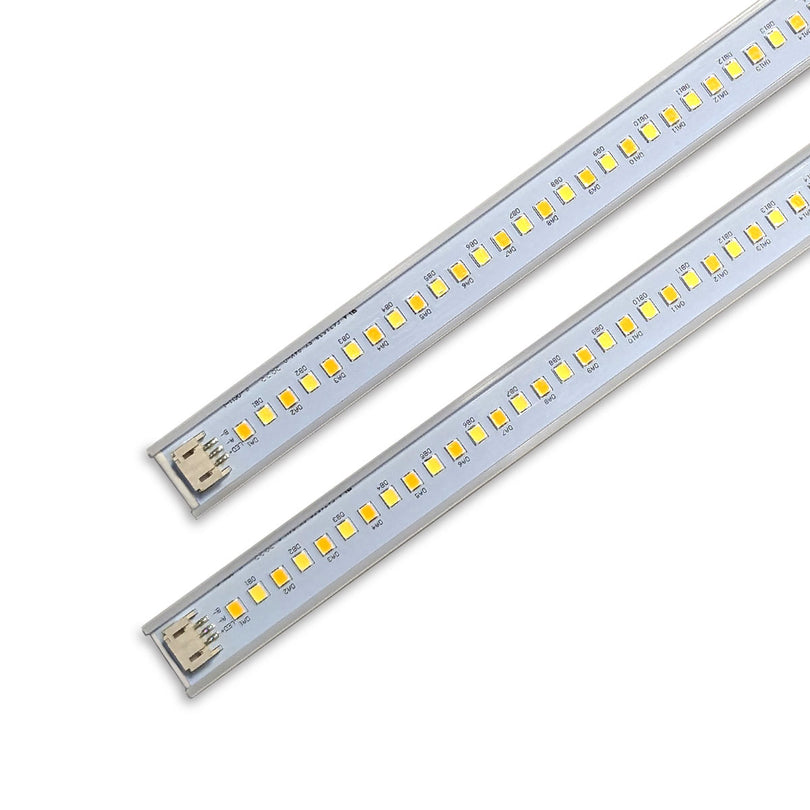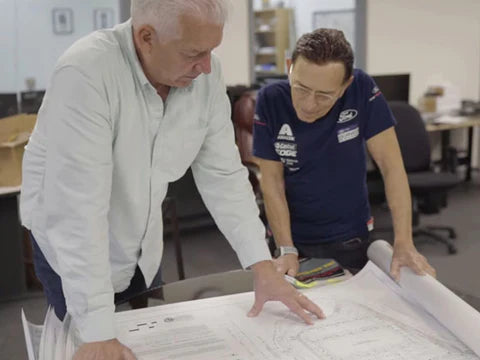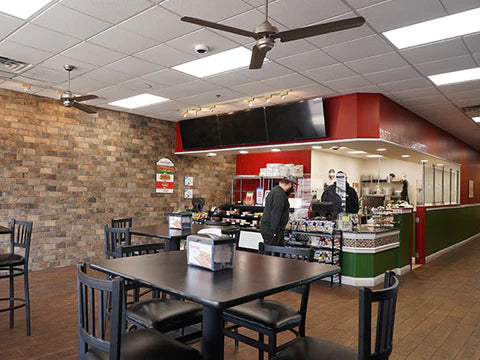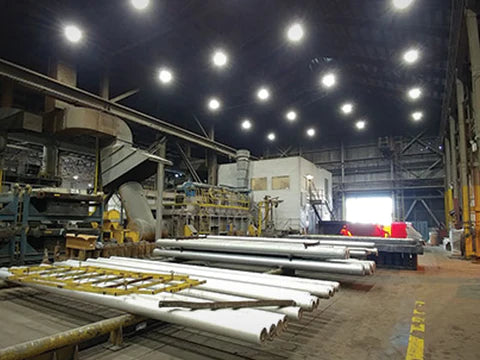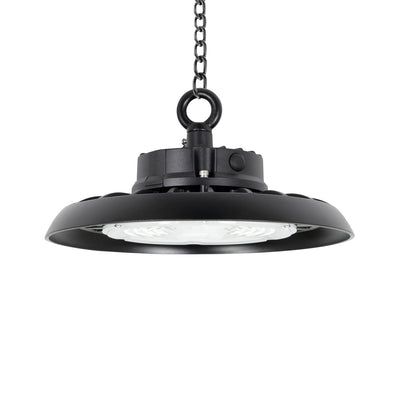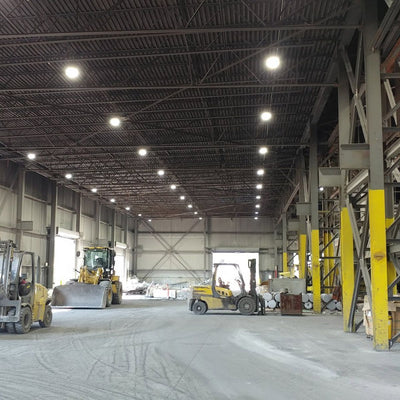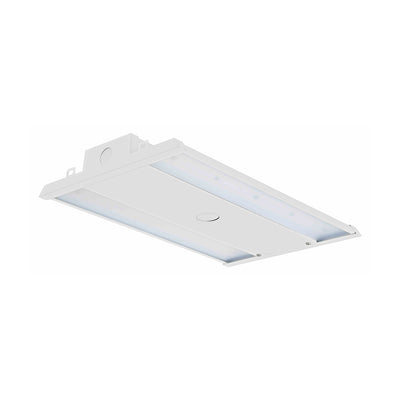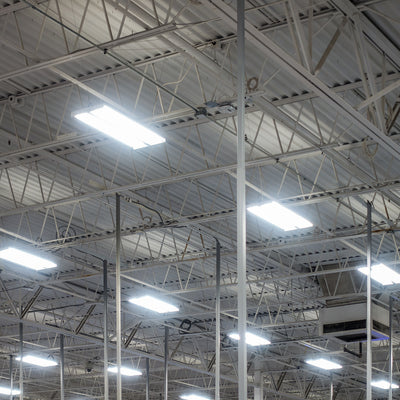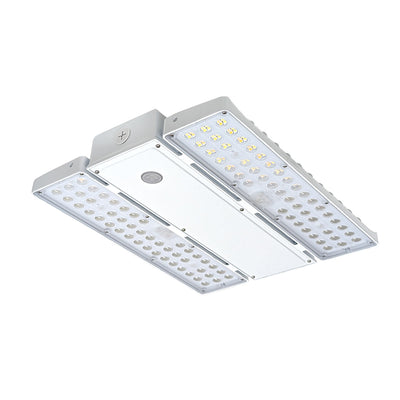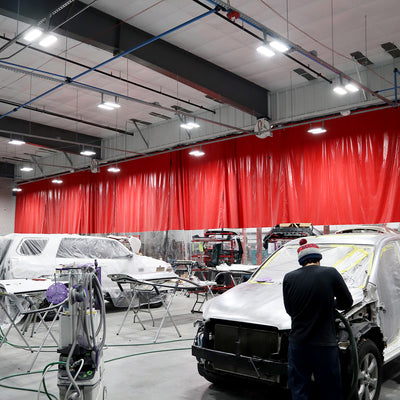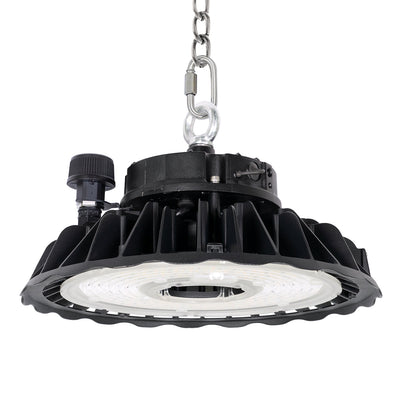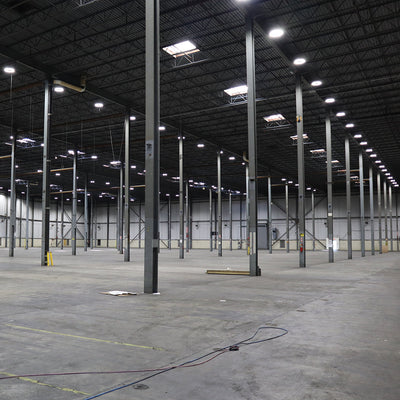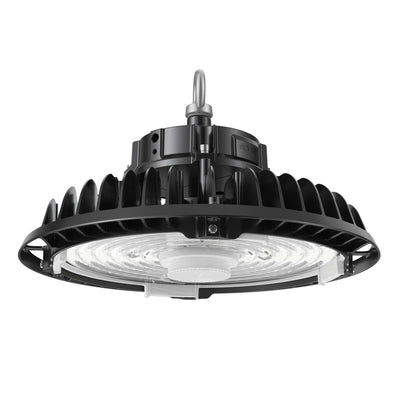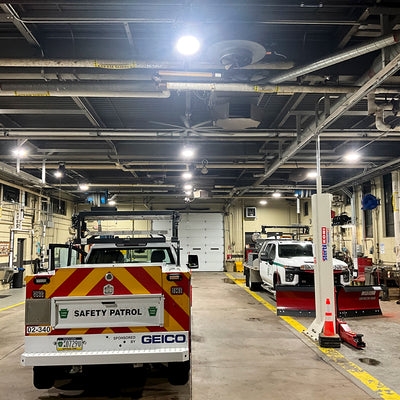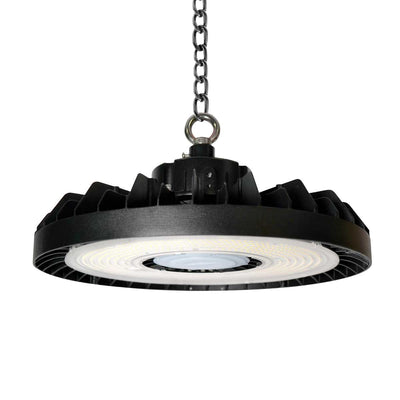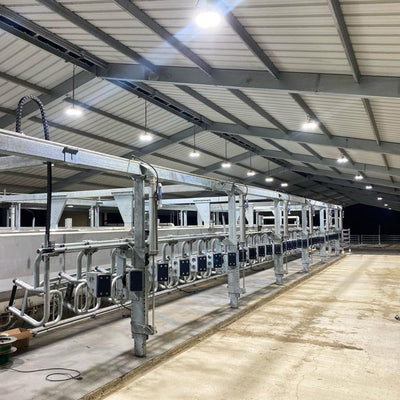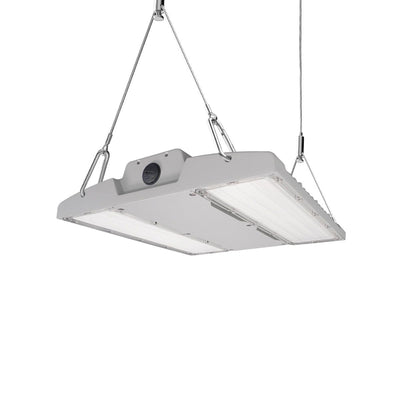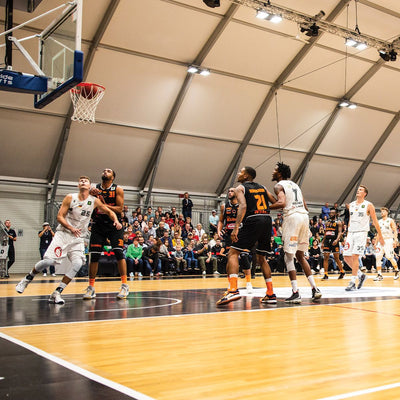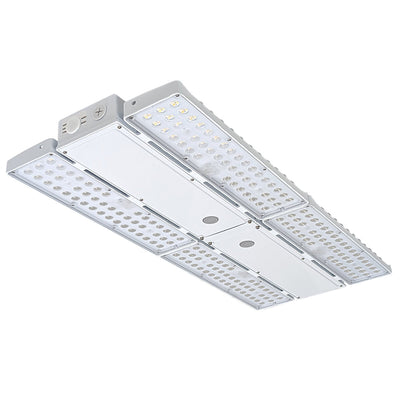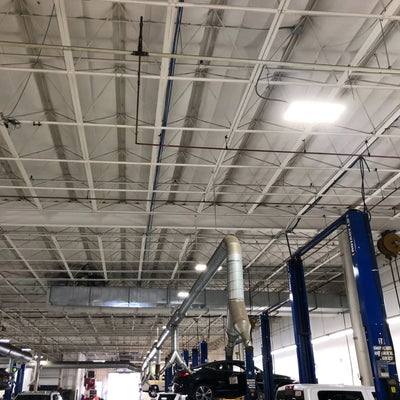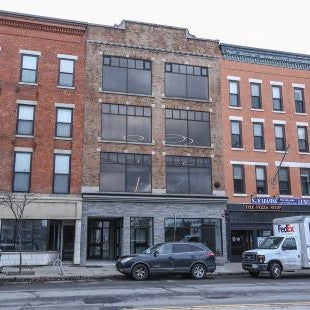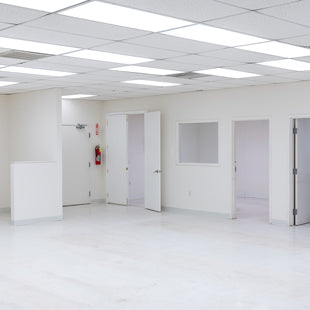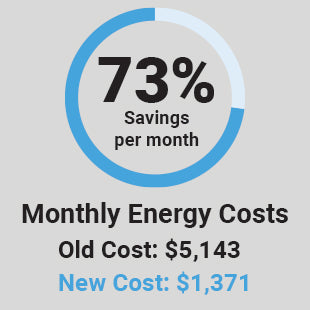Choosing the Right LED High Bay for Your Application
Compared to metal halide and other common industrial lighting technologies, LED lights start up faster, last significantly longer, and are less susceptible to lumen depreciation. They are also much easier to dim or use with motion/occupancy sensors than HID or linear fluorescents. And then, of course, there's the energy—and energy bill—savings. This savings is especially noticeable with high-intensity lights, like parking lot and street lights—and high bays.
But, how do you pick the right LED high bay for your application?
We know that selecting just the right lights can be a challenging task. So, we've written this guide on the basics of high bay lighting to help those who are just starting to look into it. If you have more specific questions, you can call or text us at the numbers located at the top of every page of our site. We're happy to help! Now on to the guide:
1. What to Look for When Buying
Lumens per Watt (lm/W or LPW)
The higher this value, the more energy-efficient the lights are. Take, as an example, two 100W UFO high bays. They probably look very much the same from the outside, but one is rated at 100 lumens/Watt, the other at 170 lm/W. The 100-lumen-per-Watt model will give you 10,000 lumens of light, about equivalent to a 150W metal halide. The 170-lumen-per-Watt fixture, on the other hand, will output 17,000 lumens of light, equivalent to a 250W metal halide. The higher the lumens per Watt, the lower the wattage you can use to replace your existing lights.
Quality Indicators
Replacing your facility's lights is an intensive task. You don't want to find out a year later that a third of the new lights that were supposed to last 15 years have already gone out. So make sure you get quality lights from a reputable company.
How much info do they give you about the lights? What kind of reviews/ratings do their lights have?
Look at the warranty, too, but keep in mind that it's easy for a company to offer what looks like a great warranty—the question is, will they be around to honor it? Will they be easy to get back in touch with, and how much of a run-around will they give you if you need a replacement? You can test out how serious they are about customer service by getting in touch with them now. Is their phone number easy to find? Who answers when you call? How long have they been in business? (ELEDLights has been around five years, but our parent company's been in business for more than fifty.) Do they have physical warehouses with stock in the US? ELEDLights, for instance, owns both of its warehouse buildings: one in San Diego and the other just north of Philadelphia. When you call the numbers on our website, someone working at one of those warehouses picks up the phone.
Cheap lights can be tempting, but when you consider the cost and disruption of replacing all your lighting, money saved now can be money and time lost on early failures and chasing warranty replacements.
2. Differences Between High Bay Models
Traditional High Bays

Traditional high bay lights are an older pendant-style fixture type outfitted with a reflector, usually made of aluminum. The reflector was needed because of the omni-directional nature of the light sources that were used before LEDs. Light emanating from the sides of the bulb would be lost unless it was captured and directed downward by the reflector.
If you have traditional high bay fixtures and you'd like to keep them, we recommend replacing the metal halide lamps inside with LED corn lights.
If, on the other hand, you're looking to update your look at the same time that you shrink your energy footprint, we recommend replacing traditional style high bays with one of the following styles of LED high bay light fixtures:
Round/UFO LED High Bays

These newer UFO LED high bay lights don't need reflectors because LED lighting is intrinsically more directional than metal halide or other light sources. This allows for a more compact, low-profile design of the fixture. These lights are heavy duty and IP65-rated, allowing them to be used in even harsh conditions, such as industrial laundries, grain processing plants, car washes, and barns. At the same time, they're very striking in appearance, so they're a great consideration for any high-ceiling application, from aircraft hangars to the café area of a large grocery store. Check out our best UFO LED high bay lights.
Linear LED High Bay Lights

These LED high bays are similar in appearance to T5 and T8 fixtures, but are usually much smaller while still putting out the same intensity of light. Compared to UFO high bays, they distribute light over a larger, often asymmetrical area. If you have T5 or T8 lights already, these types of high bays are their ideal replacement. Check out our selection of Linear LED High Bay Lights to see the styles and options available.
If you already have fluorescent fixtures you want to keep, we recommend extra bright 4 foot LED tube lights and extra bright 8ft LED light tubes that provide excellent lighting at install heights over 15 feet. Or you can retrofit your fluorescent fixtures with magnetic LED strip lights.
If you find the options a little overwhelming, our staff can answer any questions you have. Just call 215-355-7200, text 267-26608330, or email lights@eledlights.com to get started.

 215.355.7200
215.355.7200